Dungon Tree
- November 5, 2024
- 0 comment
The Dungon Tree—scientifically known as Heritiera sylvatica—is a significant tropical hardwood species found primarily in the Philippines. Known for its resilience and ecological benefits, the Dungon Tree plays a critical role in local ecosystems by stabilizing soils, supporting biodiversity, and acting as a carbon sink.

This tree belongs to the Malvaceae family and is prized for its dense, durable wood, often used in construction and traditional crafts. In addition to its economic uses, the Dungon Tree is vital for sustaining the local biodiversity, providing shelter and food to a wide range of animals and insects, and helping preserve the delicate balance of tropical ecosystems.
What Is a Dungon Tree?
The Dungon Tree (Heritiera sylvatica) is a large, tropical tree known for its remarkable hardness and longevity. Belonging to the Malvaceae family, the Dungon Tree is closely related to the hibiscus and cottonwood, though it stands out for its distinct features and adaptability to tropical climates.
Key Characteristics of the Dungon Tree:
- Leaves: The leaves of the Dungon Tree are broad, glossy, and dark green, helping to capture sunlight efficiently in dense forests. Their shiny upper surfaces reflect sunlight, while the undersides often have a silvery tint.
- Bark: This tree has a dark brown, ridged bark that adds a rough texture to its appearance. The bark is exceptionally tough and helps the tree survive in various environmental conditions.
- Flowers: Small and unassuming, the flowers of the Dungon Tree are often overlooked but play a crucial role in pollination, attracting local insects and small birds.
The Dungon Tree has a lifespan that can extend to several decades or even centuries in optimal conditions, and it is highly valued in traditional woodworking due to the strength of its timber. Interestingly, its wood’s resistance to decay makes it an excellent choice for heavy construction work, such as bridge building and boat making.
Different Types of Dungon Tree Species
Although Heritiera sylvatica is the primary species commonly referred to as the Dungon Tree, related species within the Heritiera genus also thrive in Southeast Asia. Some notable species include:
Heritiera Littoralis
Known as the looking-glass mangrove, this species grows in coastal regions and displays shiny leaves that reflect sunlight, hence the name.


Heritiera Fomes
Commonly found in mangrove ecosystems of South Asia, it plays an essential role in coastal protection.
Each species within the Heritiera genus varies slightly in appearance and habitat preference. For example, Heritiera littoralis adapts well to saltwater environments and is commonly found near shorelines, while Heritiera sylvatica thrives in inland tropical forests. These trees help maintain the ecological balance by stabilizing soil and providing food and shelter to a wide variety of species.
Where Do Dungon Trees Grow?
The Dungon Tree (Heritiera sylvatica) is native to the tropical forests of the Philippines and parts of Southeast Asia. It typically grows in lowland tropical forests and areas with rich, well-drained soils. Adaptable to humid and warm environments, the Dungon Tree is an essential species within its habitat, offering stability to forest ecosystems through its extensive root system, which prevents soil erosion and aids in water retention.
This tree’s ability to thrive in humid, tropical climates makes it an important asset for forest conservation, particularly in regions prone to heavy rainfall and soil erosion. Its deep roots anchor soil effectively, which reduces landslides and helps regulate groundwater levels.
How to Grow and Care for Dungon Tree
Growing a Dungon Tree requires careful attention to its environmental needs, especially as it matures.

- Soil Requirements: Dungon Trees prefer nutrient-rich, well-drained soils. They do best in slightly acidic to neutral soils and benefit from organic matter.
- Water Needs: Although tolerant of humid environments, young Dungon Trees need regular watering until they establish deep roots. Mature trees are moderately drought-tolerant.
- Sunlight: These trees thrive under full sun but can also grow in partially shaded conditions, making them adaptable to diverse forest layers.
Propagation:
Dungon Trees are typically grown from seeds, though the process can be slow. Germination requires moist, warm conditions, and seedlings should be kept in shade until they are strong enough to endure direct sunlight.
Maintenance:
Once established, Dungon Trees require minimal care. Occasional pruning can help improve airflow around the tree’s canopy, reducing the risk of fungal infections. They are generally resilient to pests and diseases but may benefit from routine checks to ensure they remain healthy.
Ecological Benefits of Dungon Tree
The Dungon Tree plays a pivotal role in its ecosystem. Its dense canopy provides shade and shelter for various plant and animal species, and the tree itself serves as a food source for certain insects and birds. Its roots help prevent soil erosion and contribute to maintaining the groundwater table.

Additionally, as a long-lived hardwood, the Dungon Tree sequesters carbon, aiding in the reduction of atmospheric carbon dioxide levels. This function supports climate regulation and contributes to a healthier atmosphere.
Dungon Tree Flowering and Pollination
Dungon Trees produce small flowers that bloom annually, typically in the late spring. These blooms are not showy but have a mild fragrance that attracts various pollinators, including bees and small insects. Pollination plays a key role in sustaining the tree population and supporting the local insect communities.
The tree’s flowers support pollinators by providing nectar and pollen, helping maintain the biodiversity essential for a resilient forest ecosystem.
Is Dungon Tree Drought-Tolerant?
The Dungon Tree has moderate drought tolerance once mature. Its deep roots allow it to access groundwater during dry periods, helping it survive in regions that experience seasonal droughts. However, young trees need adequate water during the initial stages of growth.
For those in drier regions, it’s essential to monitor the soil’s moisture levels and provide supplemental watering during extended dry spells.
Dungon Tree and Wildlife Interactions
The Dungon Tree supports a rich diversity of wildlife. Birds, insects, and small mammals benefit from its presence, finding food, shelter, and nesting sites within its branches. Insects pollinate its flowers, while certain birds feed on insects that reside on the tree, creating a balanced ecosystem around the Dungon Tree.
In some regions, the tree’s seeds serve as food for specific species of birds and rodents, contributing to seed dispersal and forest regeneration.
Conclusions
The Dungon Tree (Heritiera sylvatica) is more than just a valuable hardwood species. It’s a cornerstone of its ecosystem, providing numerous environmental and ecological benefits. By stabilizing soil, supporting diverse wildlife, and contributing to carbon sequestration, the Dungon Tree helps maintain a balanced and healthy environment.
Conservation of the Dungon Tree is essential for preserving biodiversity and ensuring the health of tropical forests. Efforts to protect and cultivate this species play a crucial role in sustaining the ecosystems it supports, underscoring the need for continued ecological awareness and conservation efforts.
Frequently Asked Questions (FAQs)
- What is a Dungon Tree?
The Dungon Tree (Heritiera sylvatica) is a large, tropical hardwood tree native to the Philippines, known for its strong, durable wood and ecological benefits. - Where does the Dungon Tree grow?
It grows in tropical forests, especially in the Philippines, and thrives in warm, humid climates with nutrient-rich, well-drained soil. - What are the main characteristics of the Dungon Tree?
The Dungon Tree has broad, glossy leaves, dark ridged bark, and small fragrant flowers that attract pollinators. Its wood is highly valued for strength and durability. - What role does the Dungon Tree play in its ecosystem?
The tree prevents soil erosion, supports biodiversity by providing habitat and food, and acts as a carbon sink, helping combat climate change. - Is the Dungon Tree drought-tolerant?
Mature Dungon Trees are moderately drought-tolerant due to deep roots, but young trees require regular watering. - How is the Dungon Tree used by people?
Dungon wood is prized for construction, especially in bridges and boats, due to its hardness and decay resistance. - How can I grow a Dungon Tree?
It’s best grown from seeds in nutrient-rich, moist soil. It requires full sun to partial shade and regular watering in its early stages. - What animals depend on the Dungon Tree?
The tree provides shelter and food to birds, insects, and small mammals, supporting local biodiversity and ecosystem stability.


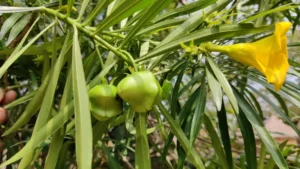
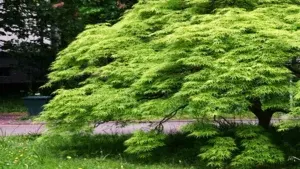
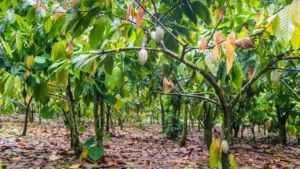
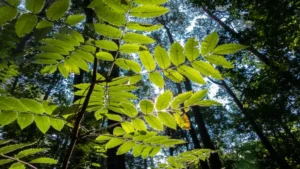

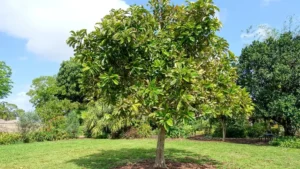
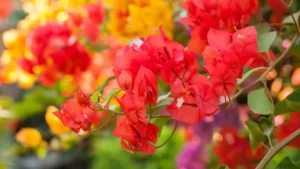
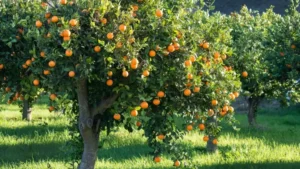
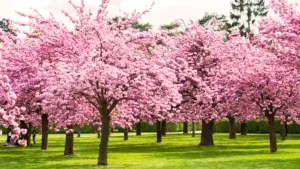
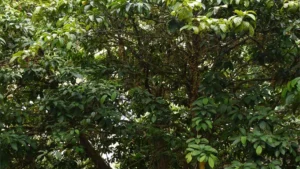
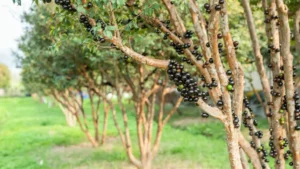
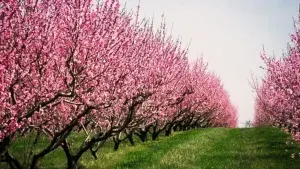
Leave your comment